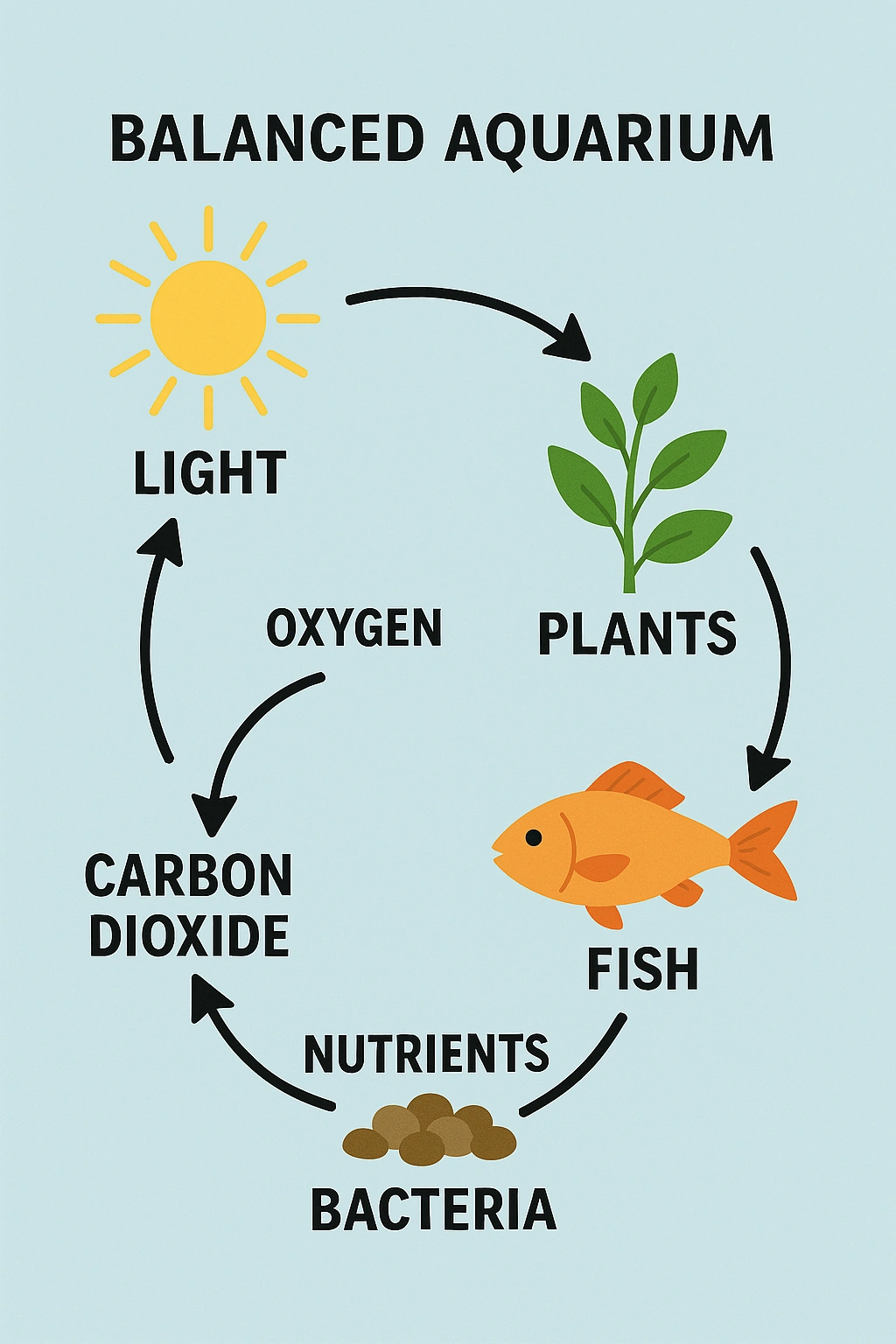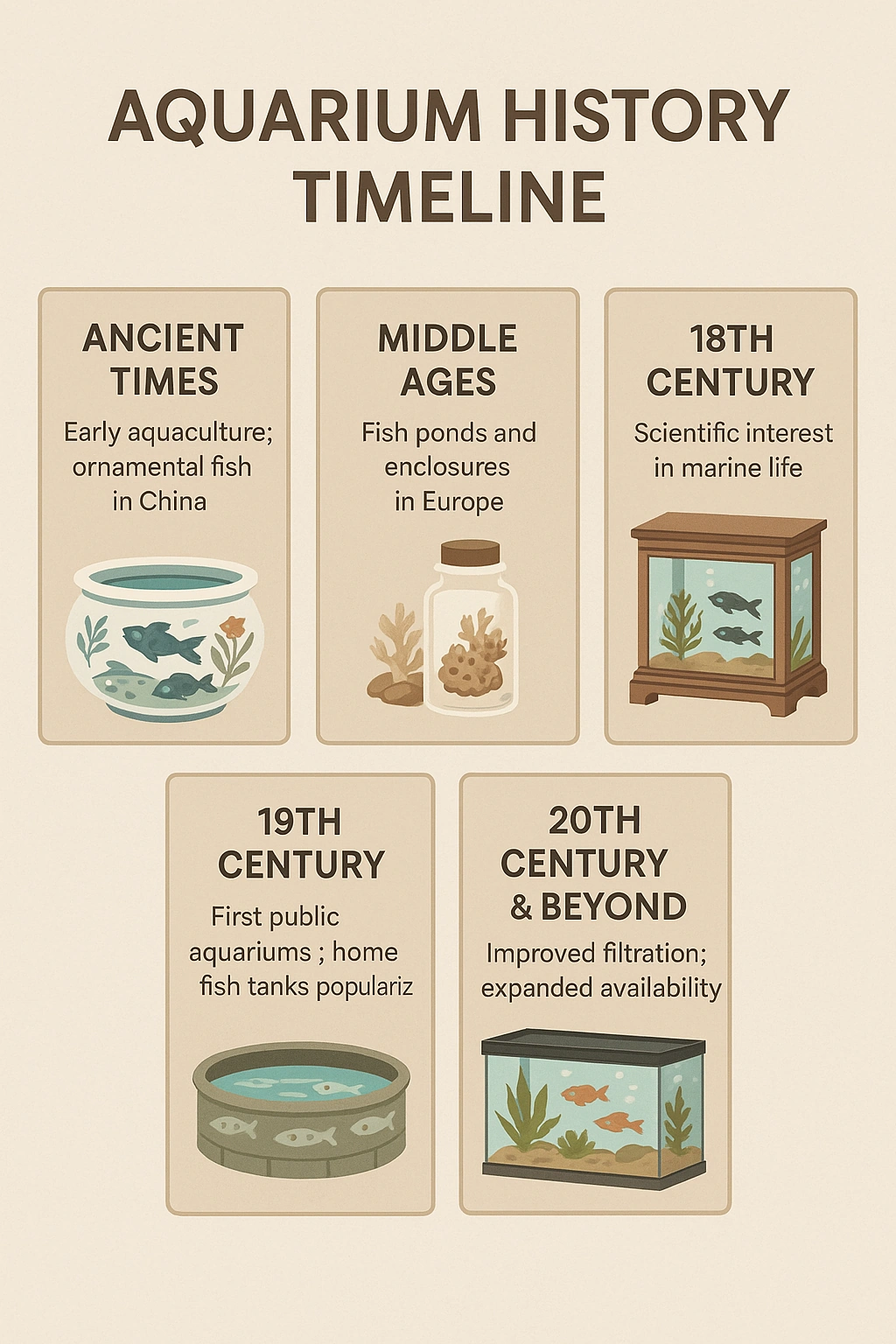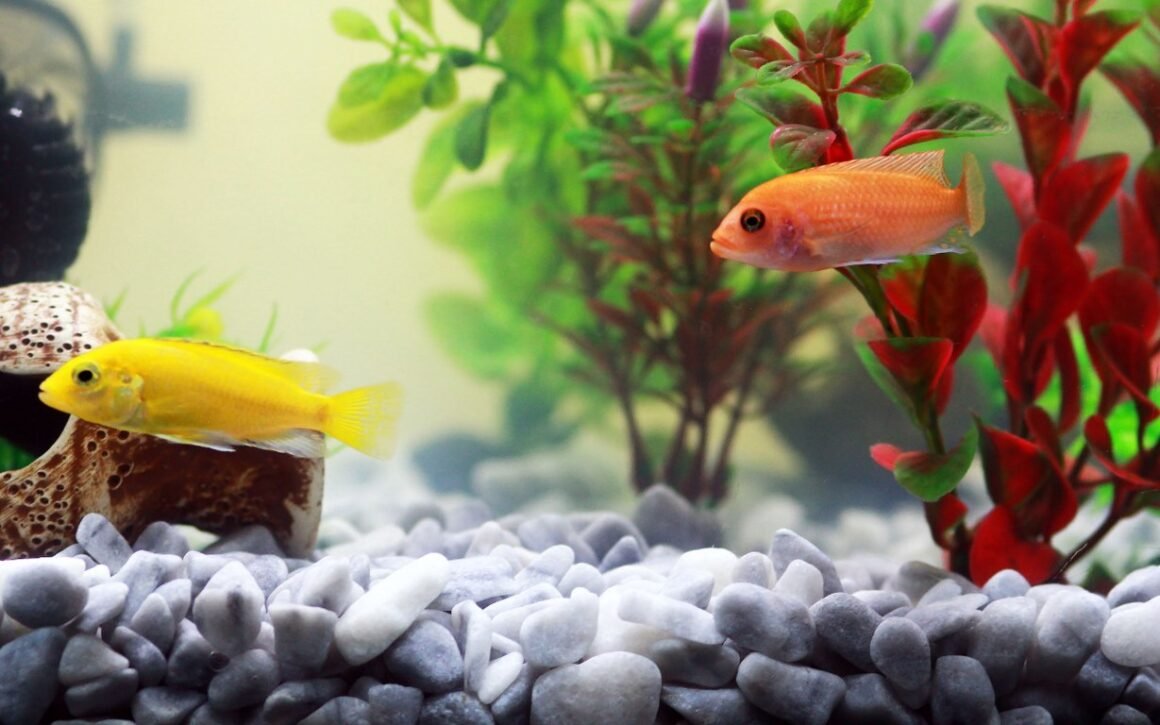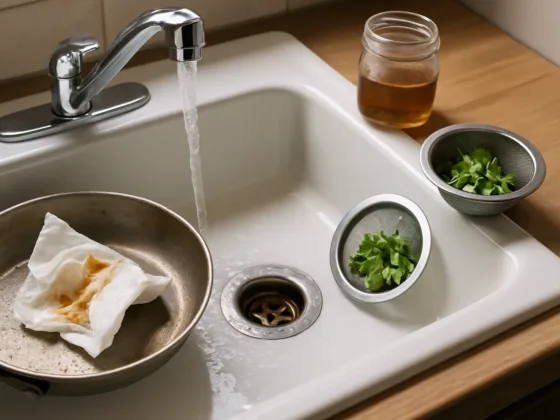Table of Contents Show
Curious about aquarium history—and who invented the fish tank? This long-form guide answers when were fish tanks invented, when were aquariums invented, and when did people start keeping fish as pets, then traces the full history of aquariums from ancient ponds to today’s reef systems and aquascaped showpieces. It’s written for humans (and Google): entity-rich, well-sourced, and sprinkled with practical links so you can act on what you learn.
New here? Before you dive in, see our beginner primers: How to Choose a Fish Tank, 4 Types of Aquariums You Can Install at Home, and How to Build Your Own Aquarium.
1) Deep roots: ponds, temples, and villa “piscinae” (4000 BCE → 1200 CE)
Long before glass boxes, people kept fish in outdoor pools—first as food, later as status symbols and for beauty. Historians point to Sumerian ponds (ca. 2500 BCE) and temple pools in Egypt and Assyria as early antecedents of the history of aquarium fish keeping—not indoor aquaria, but deliberate fish husbandry in contained waters. For a Roman example, wealthy families engineered coastal and courtyard piscinae (fish ponds) that blended utility and spectacle (see overviews in Britannica for the aquarium and piscina).
Across Asia, farmers integrated fish with crops for centuries. In southern China, rice–fish co-culture—stocking fish in flooded paddies—created balanced, productive ecosystems long before “closed” aquaria were possible (primer: FAO on rice–fish systems).
2) East Asia’s pet-fish revolution (Song China → Edo/Meiji Japan)
If you’re wondering when did people start keeping fish as pets, the clearest early case is China’s goldfish. By the Song dynasty (960–1279), goldfish were domesticated and selectively bred for color—eventually spreading to Japan and Europe (Britannica: Goldfish). Japan contributed the other global icon: koi. Farmers in Niigata began breeding brightly patterned carp in the 19th century, creating ornamental Nishikigoi varieties that would become garden-pond stars (background: Koi—history).
Stocking and scaping next? Try our primers on Are Tropical Fish Saltwater Fish? and Best Rocks to Have in Your Aquarium.
3) Glass changes everything: who invented the first aquarium? (1830s–1850s)
Here’s the short answer to several popular questions—who invented the fish tank, when were aquariums invented, and who invented the first aquarium?
- 1832 — Jeanne Villepreux-Power (France) designed the first recognizable glass aquaria for scientific study, including submersible enclosures—letting researchers observe live marine animals over time (Jeanne Villepreux-Power).
- 1850–1851 — Robert Warington (UK) published the plant–animal balance concept: aquatic plants supply oxygen and absorb wastes, enabling sustainable closed systems. This chemistry is the technical key that made indoor tanks viable (original paper via the Royal Society of Chemistry: QJ Chem. Soc. 1851).

- May 1853 — London Zoo opens the world’s first public aquarium, the Fish House, and Philip Henry Gosse popularizes the hobby and codifies “aquarium” (replacing “aquatic vivarium”). Museum history: ZSL—World’s first aquarium.
- 1846–1849 — Anna Thynne (England) successfully kept stony corals alive for years with careful water changes and aeration—an enormous leap for marine husbandry (overview: Anna Thynne).
In the United States, the craze followed quickly: P. T. Barnum’s American Museum in New York launched a public aquarium in 1857 (often mis-dated as 1856). See the Smithsonian’s account: William Stimpson & the Smithsonian’s first aquarium.

4) From parlor craze to household hobby (late-1800s → mid-1900s)
Once the “aquarium principle” went public, Victorian parlors filled with ornate tanks and how-to manuals. The history of the aquarium then pivots from novelty to know-how:
- Glass and lighting improved visibility and plant growth.
- Aeration tech reduced stagnation and fish stress.
- Early undergravel and canister concepts laid the groundwork for modern filtration families.
- For marine systems, protein skimmers (foam fractionation) became crucial; hobby histories point to early German advances and the 1960s venturi-style skimmers that paved the way for home reef tanks (intros: Protein skimmer and brief history).
5) Modern era: aquascaping, reefkeeping, and conservation leadership (1990s–today)
Aquascaping went mainstream in the 1990s thanks to photographer-designer Takashi Amano. His Nature Aquarium style—minimal hardscape, lush plants, strong negative space—brought Japanese garden aesthetics to the glass box and helped millions see planted tanks as art and ecosystems. Read more at Aqua Design Amano.
Public aquariums also evolved. Many now lead with education, research, and conservation. The Monterey Bay Aquarium, for instance, explicitly centers its mission “to inspire conservation of the ocean,” partnering with MBARI on science and policy outreach (Monterey Bay Aquarium—mission).
Want to try a planted or reef tank after reading this history of fish tanks? Start with How to Choose a Fish Tank and keep our 4 Types of Aquariums guide handy.
6) Ethics & trade, briefly (what responsible hobbyists should know)
If your history of aquarium interest includes where animals come from today:
- CITES regulation of corals: All stony corals (Scleractinia) are listed on CITES Appendix II, so international trade is controlled via permits. When possible, choose maricultured corals and captive-bred fish (CITES Appendices).
- Sourcing smart: Support transparent suppliers and public aquariums/NGOs with clear conservation programs. Check your local import and wildlife rules before buying marine species.
7) Expert Voices & Cultural Perspectives (fresh angles that set this apart)
History is established facts; originality comes from synthesis, framing, and whose voices you include. This section adds curator/historian insights and under-represented perspectives you won’t find in every “timeline” post.
Selected voices (brief, attributable insights)
- Cultural historians writing on Victorian science argue that bringing a living “sea-window” into the home changed how the public imagined the ocean—a true media shift for nature.
- Project Coral curators note that predictable coral spawning in aquaria unlocks new research on resilience and restoration—work that field studies alone can’t easily scale (see Horniman Museum’s Project Coral).
- Museum professionals in Mexico City emphasize the axolotl as a living cultural emblem for Xochimilco communities; public displays help connect conservation biology with identity and education.
Cultural perspectives you don’t usually see
Porcelain “fish bowls” & literati taste (Ming–Qing China).
Long before plate glass, Chinese elites displayed porcelain fish bowls (庭院鱼缸) with goldfish and aquatic plants—part art object, part pet-keeping. Museum collections include 16th–18th-century examples linking pet fish to material culture, not just biology (e.g., The Met’s “fish in pond” bowls; UK National Trust notes on Jingdezhen ware).
Indigenous engineering: fish traps and fishponds.
The Brewarrina Fish Traps (Baiame’s Ngunnhu) in New South Wales form a complex web of stone weirs—hydrology and fish ecology encoded in landscape and law. Across the Pacific, Hawaiian loko i‘a fishponds integrated streams, tides, and walls to raise species like ‘ama‘ama—an early model of closed-system thinking and food security that still informs sustainability conversations around the hobby.
Mexico’s axolotl: from chinampas to conservation labs.
The axolotl sits at the crossroads of pre-Hispanic agriculture (chinampas), living tradition, and modern labs. As a cultural icon—now even on currency—it benefits from aquarium displays that educate about habitat threats in Xochimilco and the promise of regenerative biology.
Internal-link prompt for readers who land here via search: choosing tank materials and sizes → How to Choose a Fish Tank and layout ideas → 4 Types of Aquariums.
The reason London Zoo’s 1853 Fish House became a sensation wasn’t just Warington’s chemistry—it was plate glass. Industrial producers (famously Chance Brothers for the Crystal Palace) could now supply large, clear panes safe enough for crowds. Pair that with the plant–animal balance, and the aquarium went from private curiosity to public science & spectacle.
8) Quick answers (People Also Ask)
For research aquaria, credit Jeanne Villepreux-Power (1832). For the popular glass “aquarium” and the 1850s craze, Philip Henry Gosse (and the London Zoo team). The chemistry that made home tanks sustainable came from Robert Warington (1850–1851).
Prototype glass aquaria emerged in the 1830s–1850s, with the first public aquarium opening in May 1853 at London Zoo’s Fish House.
In China, people kept pet goldfish indoors by the Song dynasty (960–1279); ornamental koi followed in 19th-century Japan.
9) How we fact-checked this page (E-E-A-T notes)
- Primary timelines and definitions were checked against museum and encyclopedia sources: ZSL—First aquarium, Britannica: Aquarium, Britannica: Goldfish, Britannica: Piscina.
- The chemistry of the “balanced aquarium” draws from Robert Warington’s 1851 paper (Royal Society of Chemistry: QJ Chem. Soc. 1851).
- Early marine husbandry and the Anna Thynne account: Anna Thynne (with cross-checks in Victorian histories).
- U.S. public aquarium firsts, date nuance: Smithsonian Archives on Stimpson/Barnum’s American Museum (Smithsonian—first aquarium).
- Modern aquascaping context: Takashi Amano biography (ADA): Amano—ADA.
- Coral trade policy: CITES Appendices (CITES).
- Skimmer background: Protein skimmer and Reef Builders historical note.
10) What to read next
- Choosing your first aquarium: How to Choose a Fish Tank
- Planning the build: 4 Types of Aquariums You Can Install at Home
- DIY route: How to Build Your Own Aquarium
- Traveling soon? How to Prepare an Aquarium for a Vacation
- Stocking & scaping: Are Tropical Fish Saltwater Fish? and Best Rocks to Have in Your Aquarium
Last updated: 16 September 2025
Keywords naturally covered above: aquarium history; history of aquariums; history of the aquarium; history of aquarium; history of fish tanks; history of aquarium fish keeping; who invented the fish tank; who invented the first aquarium; when were fish tanks invented; when were aquariums invented; when did people start keeping fish as pets.










